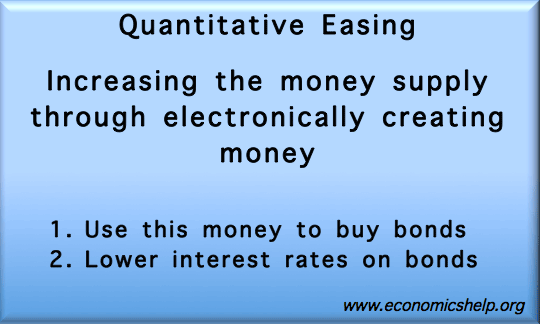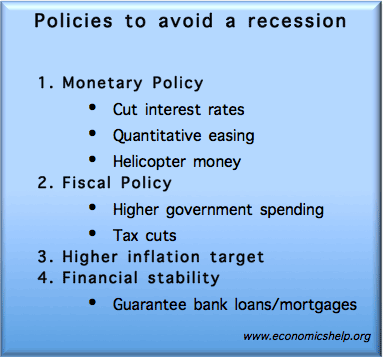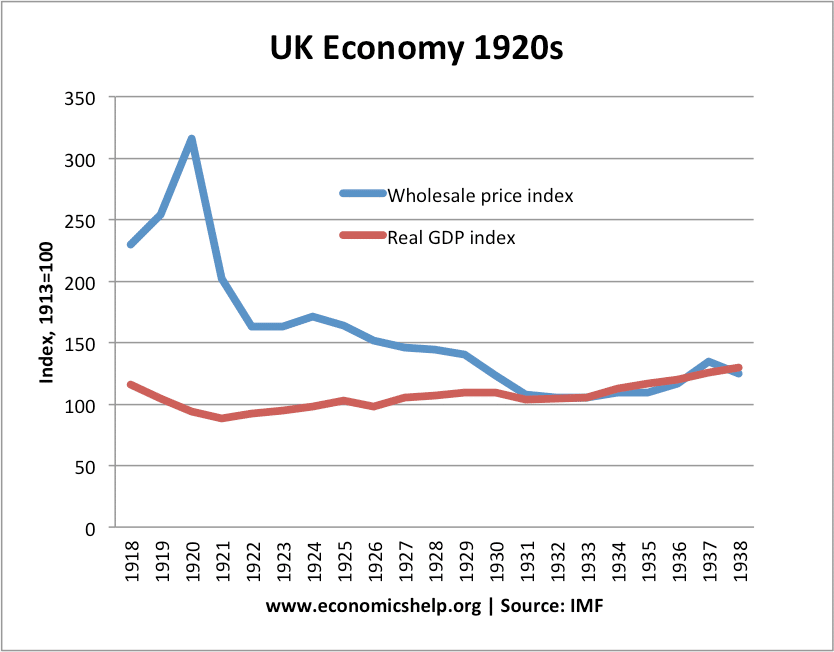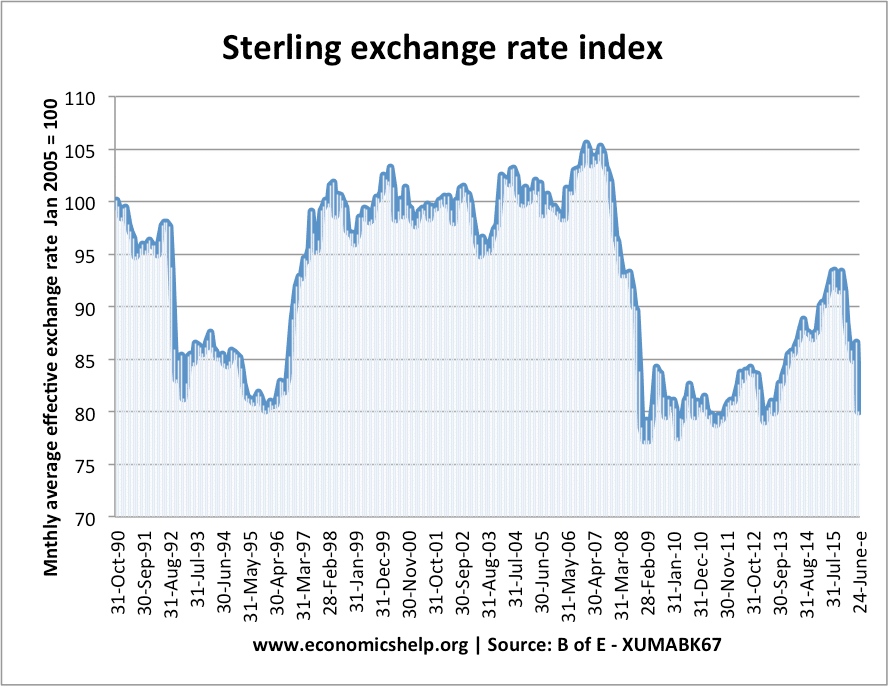Japanese National Debt
Readers Question: How is Japan able to run a national debt of nearly 240% of GDP? (from: List of National debt by Country) In 2017, Japanese public sector debt rose to one quadrillion yen ($10.28 trillion) representing 239% of GDP. This compares to 2013, when government debt was 227% of GDP. This is significantly …




